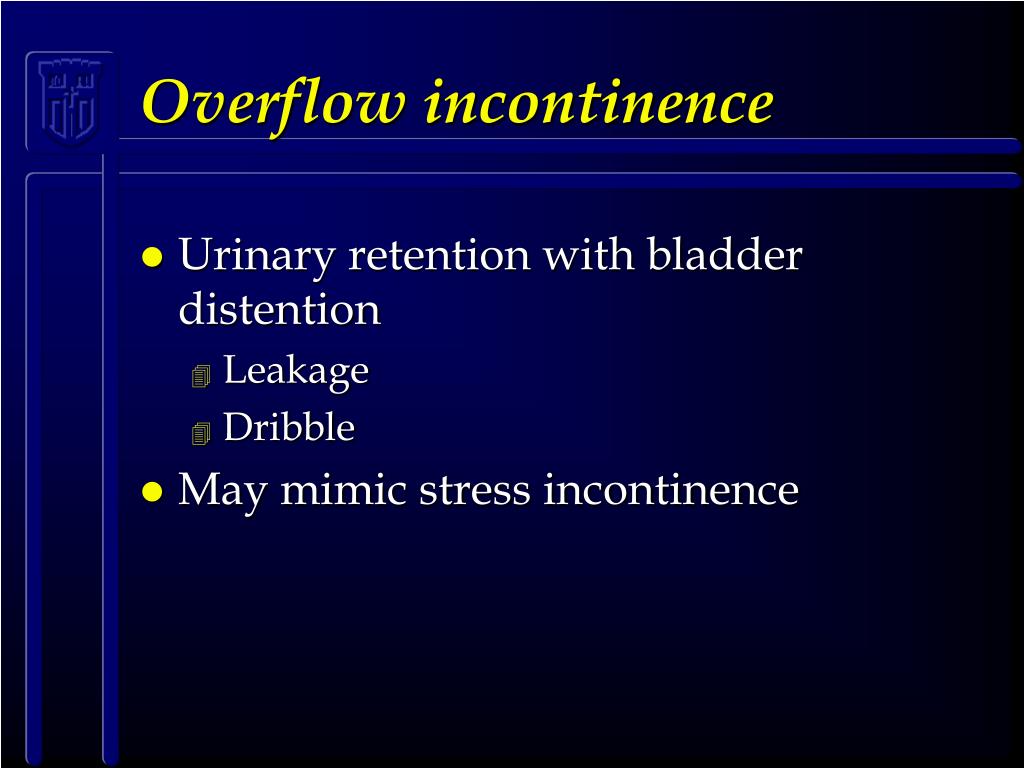


This can cause urge incontinence, where individuals are not able to control their bladder functions. This type of bladder dysfunction results in a spastic bladder (meaning the bladder reflex is essentially ‘over-active’ and the bladder may involuntarily contract without warning). Suprasacral bladder dysfunction occurs after cervical, thoracic, or lumbar spinal cord injuries (areas above the sacral region). Two types of neurogenic bladder dysfunction can occur after a spinal cord injury: suprasacral and sacral.īecause bladder functions are innervated by the sacral region, damage at or below the sacral nerves will result in different outcomes than damage above. Understanding the Different Types of Neurogenic Bladder Dysfunction Next, we’ll discuss different types of neurogenic bladder dysfunction that can result from spinal cord injury. As a result, they may have some preserved motor control and sensation below their level of injury. The reason why some spinal cord injury patients have normal bladder functions is because they have incomplete SCIs, which means some connections were not damaged by the injury. Damage to the spinal cord not only affects functions at the injury site but can also affect all functions below. Many people lose control of bladder functions after a spinal cord injury because the bladder muscles are innervated by some of the lowest nerve segments of the spinal cord. However, after a spinal cord injury, messages may not be able to get past the site of injury, resulting in paralysis and loss of sensation below your level of injury.

The spinal cord transmits messages between the brain and body. What Causes Loss of Bladder Control After Spinal Cord Injury? This article will explain why bladder dysfunction is so common after a spinal cord injury and discuss various scenarios where bladder control can return. You have to use BOTH history AND Physical examination to figure it out.Regaining bladder control after spinal cord injury may or may not be possible depending on the severity of your injury.Ībout 80% of spinal cord injury patients experience some loss of bladder control due to nerve damage, also known as neurogenic bladder dysfunction. Hope this helps!!! It’s very easy once you understand the total picture. Hx of stroke, hx or disk herniation, hx or uncontrolled diabetes, alcoholism, or B12 demyelination. In neurogenic causes, which can cause either an urge incontinence or overflow incontinence, look for some sort of brain, spinal cord, or peripheral nerve damage or history. Strictly overflow incontinence is caused by BPH or stone or some sort of urethra closing so look for enlarged prostate or colicky suprapubic pain or something to indicate BPH or stone. You’d differentiate between neurogenic and overflow based on history and PE. Overflow incontinence will obviously have a post voiding volume of over 200mL. What happens is the bladder fills up and Intravesicle pressure is higher than outlet spinchter pressure and the patient releases urine (usually at night/sleep time due to less guarding). In overflow incontinence, there’s an obstruction somewhere (stone in urinary tract or BPH in males). Those are the 3 components of neurogenic bladder (think of issue with the brain aka stroke, issue with the spinal cord aka herniation or cauda equina or issue with peripheral nerves like in diabetes, alcohol, or B12 demyelination) It’s called flaccid or spastic bladder or mixed.

So you can’t sense that you have to go pee or you can’t pee period. With neurogenic bladder, there’s an issue with either the input or output of nerves.


 0 kommentar(er)
0 kommentar(er)
